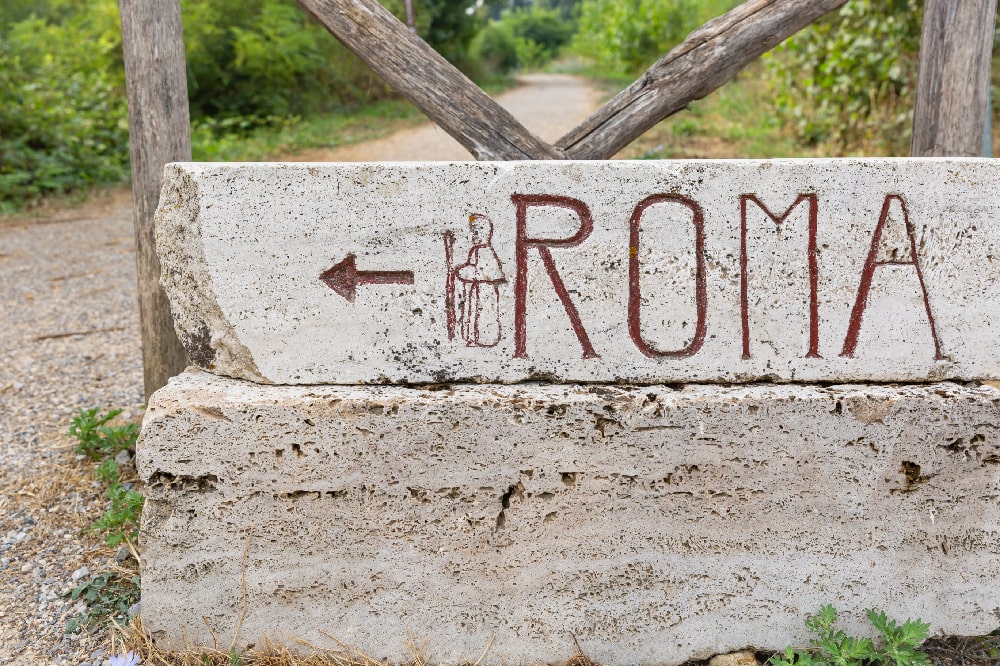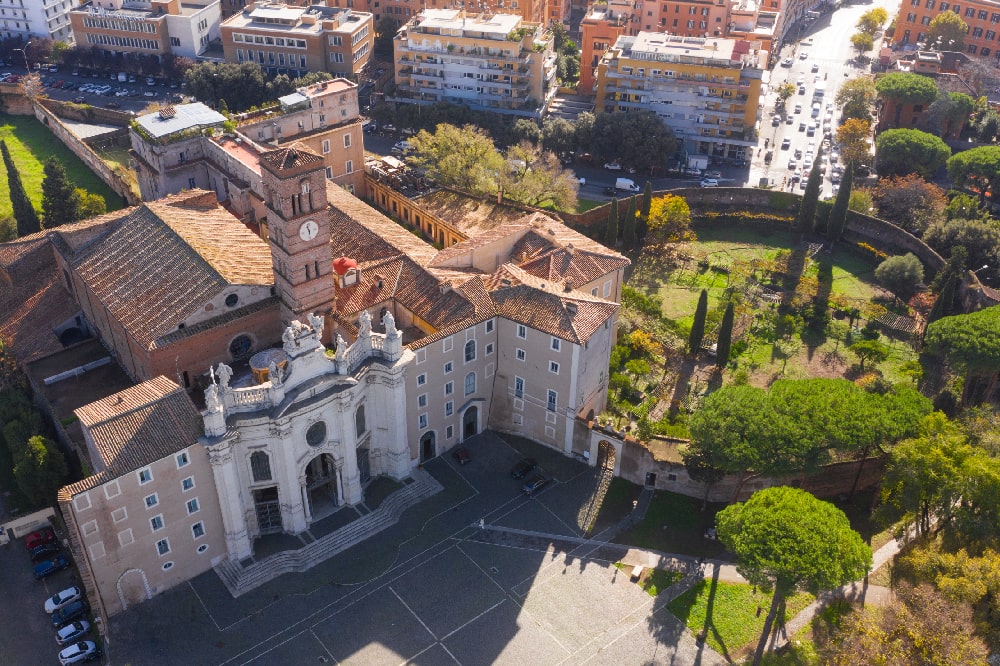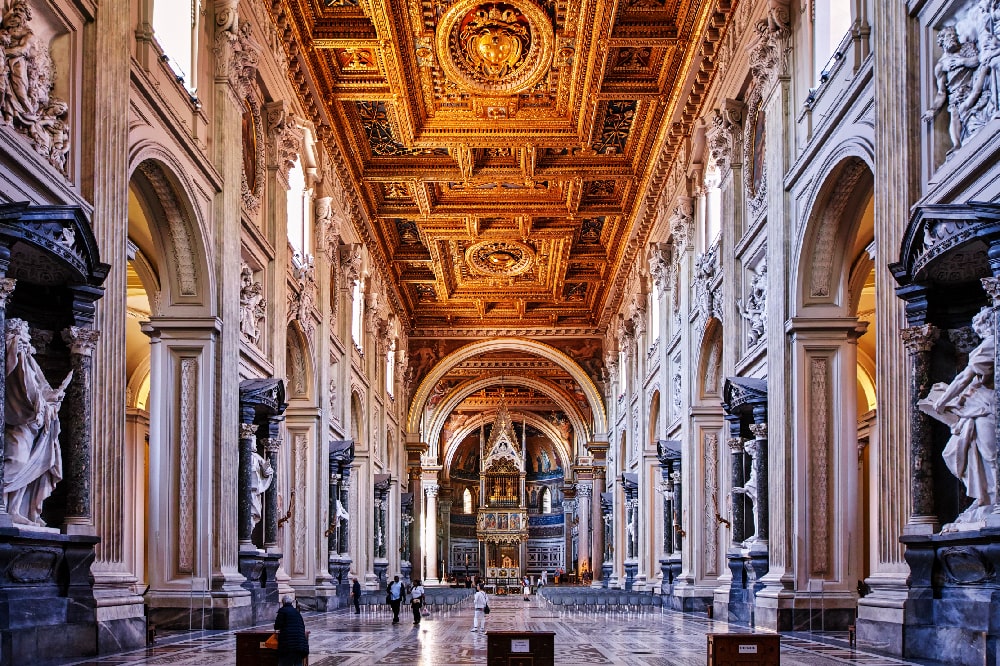The Menorah is one of the main symbols of the Jewish world. It is a seven-branched oil lamp. In ancient times, it was lit in the Temple of Jerusalem, and it was an extremely sacred and majestic object. Let’s get to know it a little better.
Contents
According to Christianism, the candleholder, or candelabra is a very important liturgical furniture. You can find one in any church on the altar, where it is lit to express Faith and Hope with its light. Light has always been a very important symbol in Christianism, related to Christ’s Resurrection, and has a very deep and solemn meaning.
Light was important as well for the Jewish people, and that is shown by the importance they gave to the Menorah. The word Menorah comes for the same root of or, that is, light, and represents the seven-branched candelabra, symbol of the Jewish religion. Actually, the original Menorah was an oil lamp and not a candleholder, but given the subtle difference, today we call Menorah even the seven-branched candelabra.
What is it exactly?
The Menorah was a seven-branched structure, oil lamps burned on each branch. In the Torah, the book of Exodus, it is thoroughly described for what concerns its shape, size, and materials it had to be made of. In fact, when God appeared to Moses, he commanded, among other things, to create a particular object, destined to become the symbol itself of the Jewish religion: “You shall make a lampstand of pure gold. The base and the shaft of the lampstand shall be made of hammered work; its cups, its calyxes, and its petals shall be of one piece with it.” (Exodus 25-31)
It had always been associated with the Tabernacle, the movable sanctuary, which represented the space where the presence of God on Earth showed (Shekhinah). The Jewish Tabernacle was built following the model of the one Moses described when he returned from Mount Sinai. Originally, it was an enclosure made of cloths and tents; in the so-called ‘Most Holy Place’, it stored the Ark of the Covenant, which contained the two stones tablets of the Ten Commandments and other sacred objects.
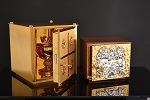
The importance of the tabernacle in the Catholic Church
The tabernacle is the place of the church that holds the ciborium containing the Eucharist.
Later, in the X century BC, Solomon built a stable Tabernacle inside the Temple of Jerusalem.
A golden Menorah was placed near the Tabernacle of the Temple, where pure and consecrated oil made from crushed olives burned. It was shaped as a common home lamp, but it was much bigger, and decorated with alternating knobs and flowers. Three branches come out from each side of a central beam. It is said that the structure was made of a single piece of beaten gold, just as God himself ordered it. On the Menorah, seven little lamps burned. In the sacred Jewish texts, we can read that there was not just one, but ten seven-branched candelabra near the Tabernacle of Jerusalem, Solomon himself had them built, five on the right side and five on the left side of the Sanctuary. The directions Moses gave to build the Menorah also included some references to botanic, for example to the almond tree, the first tree that blooms in spring, symbol of rebirth and nature. According to the Jewish, passing through the roots of an almond tree you could enter the legendary town of Luz, home of the immortals.
Anyway, among the symbols of the Jewish religion, the Menorah was considered so precious and important that, when Emperor Titus ransacked Jerusalem in 70 AD, he also wanted the theft of the Menorah represented on the triumphal arch in the Roman Forum dedicated to him.
There is no trace of the original Menorah stored inside the temple. Legends say that the Menorah that Titus stole was a fake and that the original is still hidden somewhere in Israel. Whatever the truth is, the precious candelabra showed up occasionally throughout history: first, in the hands of Vandals, then in Constantinople, until all tracks were lost.
Today, the most plausible hypotheses concerning its fate are that the Jewish candelabra is in Rome, hidden somewhere in the Vatican, in a grotto in Jerusalem under the plain of the Temple, in the Tiber river, in Constantinople.
What did the Jewish Menorah stand for?
Some traditions consider the Menorah as the symbolic representation of the burning bush where Moses heard the voice of God thundering on Mount Horeb.
Therefore, the Menorah would symbolize the divine light that spreads out.
According to others, the seven lights of the Menorah symbolize the 7 days of the Creation of the Universe, and that the light in the center corresponds to Saturday.
It is also believed that the seven lights symbolize the 7 heavens full of the light of God, or else, the presence of God with 7 eyes watching over the Temple. Alternatively, the planetary system, with the sun in the middle and the planets on its sides.
According to the Kabbalah, the Menorah is also a symbol of the Jewish alphabet. In fact, it has seven branches with 22 bulks, just as 22 are the letters of the alphabet.
The Jewish said that the oil burning in its lamps were the material image of what would have oiled the Messiah.

What about today?
Today the Menorah is the universal symbol of Judaism and it is even shown on the official emblem of the State of Israel.
In the Jewish tradition, there are also other types of candelabra, such as the Chanukkiyah, or Hanukkiah. It is a nine-branched candelabra where nine candles are lit. The lighting of the candles is carried out following a very ancient and articulated ritual, because it expresses the duration and vitality of Judaic faith.
That is why tradition wants one light to be lit each night, during the feast of Hanukkah, or Chanukah, which celebrates the consecration of the new altar in the Temple of Jerusalem after the liberation of the city from the Hellenics. The celebration lasts 8 days, from the sunset of the 24th day of the month of Kislev (December). Actually, since the Jewish calendar is different from the Gregorian one, the first day of Chanukah changes every year.
In 2019, the Chanukah will begin at sunset on Sunday, December 22, and will end on Monday, December 30. The lights are lit when stars appear, except on the Shabbat, when they are lit before sunset. The Chanukkiyah must be lit preferably with relatives and friends. Sharing miracles is a fundamental aspect of Judaism, especially for what concerns conveying culture and faith to new generations. The more people celebrate the ritual, the better it is.
Many people convolute Chanukkiyah for Menorah. It is true that the two candelabras represent the same thing, but the Menorah has seven branches, the Chanukkiyah has nine.
According to another Jewish tradition, there is also a public Menorah lighting. Since ancient times, Menorahs were lit even outside homes or on the windowsills, so that anyone could see them from the streets.
Today the public Menorah is a huge Menorah lit in a public place during the above-mentioned Jewish feast of Chanukah, the Feast of Lights. During this feast, Judaism also celebrates the miracle of the Menorah of Jerusalem: after the oil ran out, it continued burning for eight days!
The Menorah is used today in other cults and worlds such as Masonry, which considers its lighting, carried out following a particular ritual, as a way to enhance the brothers’ skills, besides having other symbolic meanings.
The lighting and extinguishing of the Menorah and the Chanukkiyah
The central candle of the Chanukkiyah is called “Shamash”, which means “guardian“. It is placed higher than the other lights. The Shamash is used to light the other candles. During each evening of the Chanukah, the Shamash is lit first; the others are added gradually, one on each night of the feast. The first night, the candle is placed in the support on the extreme right of the Chanukkiyah.
During the following nights, the other candles will be added, following the supports from right to left. The second night of Chanukah, they will have to light the Shamash, then the candle of the first night on the extreme right, then add a second candle in the next branch. On the third night, they light up the Shamash again, the two candles on the right, and another candle on their left, and so on.
They must always use the Shamash to light the other candles.

Why lighting up a candle in church?
Lighting up a candle in church is a tangible sign of faith. From the baptism candles to votive candles, light as a symbol of love towards God.
While lighting the Shamash, they recite a series of blessings. Such blessings must be repeated during each lighting. The first blessing is to bless the candles, and says: “Baruch Atah Adonai Eloheinu Melech Ha’olam, asher kidshanu b’mitzvotav v’tzivanu l’hadlik ner shel Hanukkah.” (Blessed are You, Lord our God, King of the universe, who has sanctified us with His commandments, and commanded us to kindle the Chanukah light.).
A second blessing follows, recited every night of Chanukah after blessing the candles: “Baruch Atah Adonai Eloheinu Melech Ha’olam, she’asah nisim l’avoteinu, b’yamim haheim bazman hazeh.” (Blessed are You, Lord our God, King of the universe, who performed miracles for our forefathers in those days, at this time.).
Only on the first night of Chanukah, after the two blessings, they say the Shehecheyanu, a special formula that the Jewish recite each time they do something, or celebrate a special ritual, for the first time: “Baruch Atah Adonai Eloheinu Melech Ha’olam, shehekheyanu, v’kiyamanu vehegianu lazman hazeh.” (Blessed are You, Lord our God, King of the universe, who has granted us life, sustained us, and enabled us to reach this occasion.).
Once all blessings have been recited, they take the Shamash with their dominant hand, and light up the other candles with that, from left to right, that is, from the last one they put to towards the first one. Once all the candles of the Chanukkiyah are lit, they put the Shamash back to its place in the center, and place the candelabra on the windowsill where everyone can see it. In fact, lighting up the Chanukkiyah is a sign of their own Jewish pride.
Concerning the extinguishing, they need to let the candles blow out on their own. It is important that they burn for at least 30 minutes after they are lit. Therefore, if they have to go out, they have to wait at least that long, then the candles can be put out, even if the best practice would be to let them burn completely.
The Kabbalah describes how the lighting and extinguishing of the Menorah should be carried out. According to this tradition, starting from the left side of the Menorah, the Worlds of Emanation, of Creation and of Formation are symbolically represented. The Menorah is extinguished starting from the lights on the extreme left to the extreme right, putting out the various ‘worlds’ progressively. For what concerns the lighting of the Menorah, first, the triad dedicated to the Emanation, then the one dedicated to the Creation, and finally the one dedicated to the Formation. Therefore, they started from the first lights on the right and on the left, going towards the center. Jewish rituals were celebrated with the entrance into the Temple, then the extinguishing of the Menorah, leaving only the central light on, and only at the end, everything was lit up again.

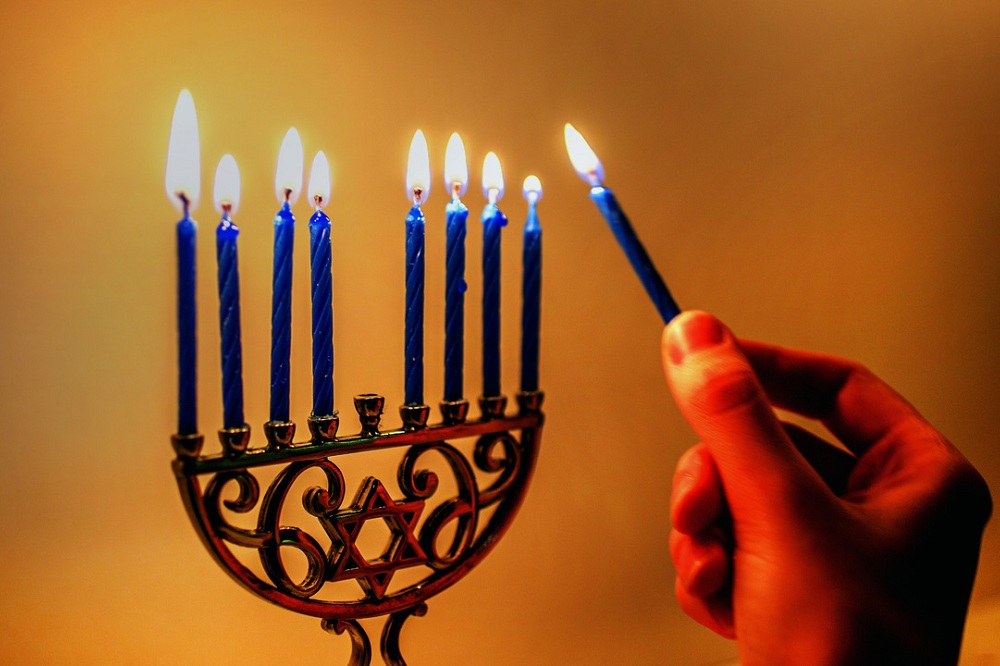
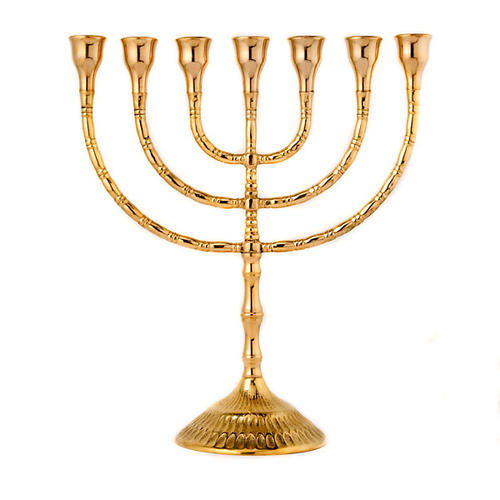
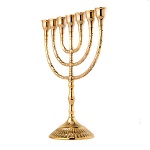
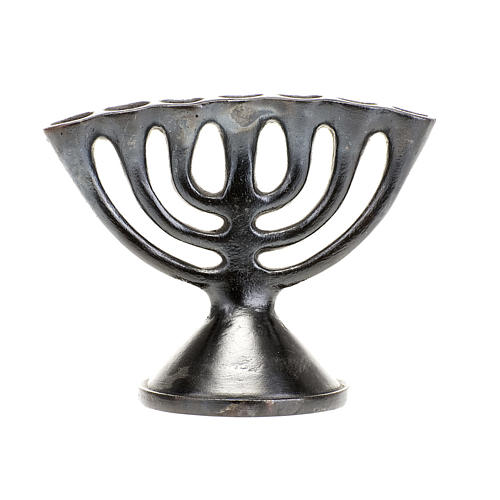
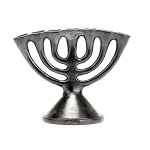
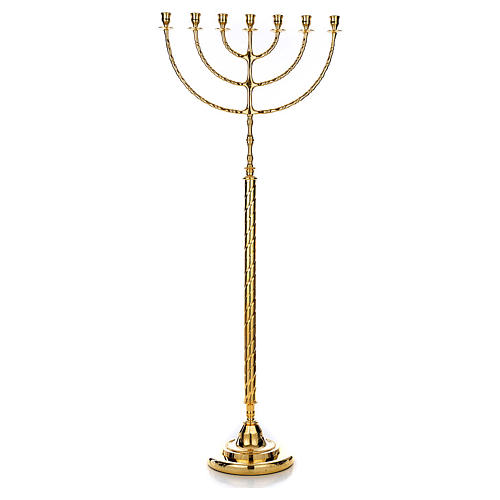
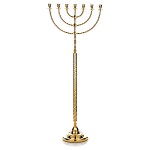
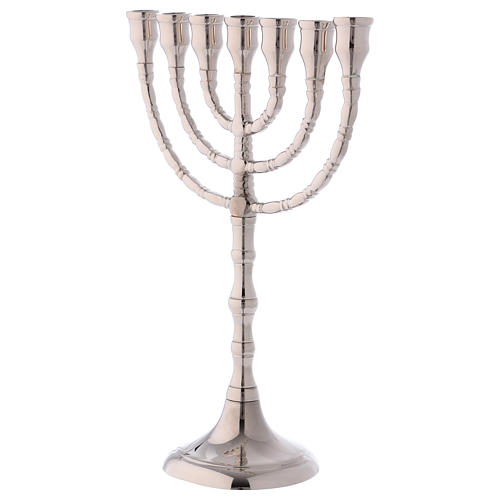
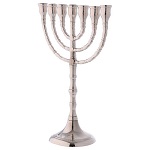
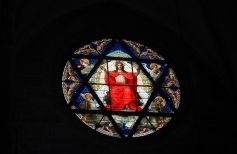
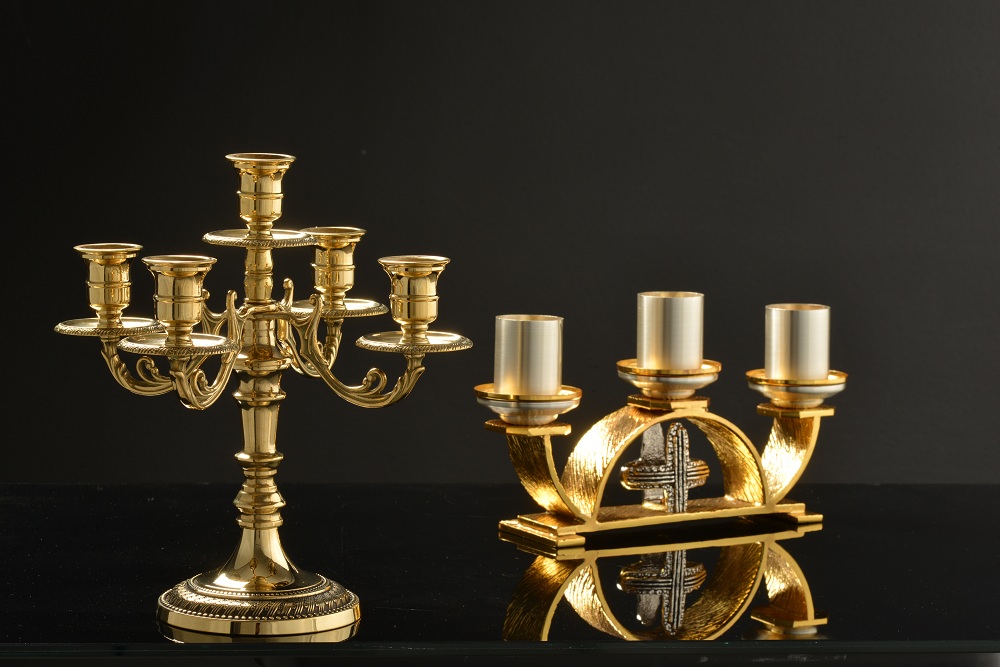
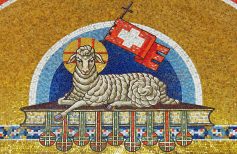
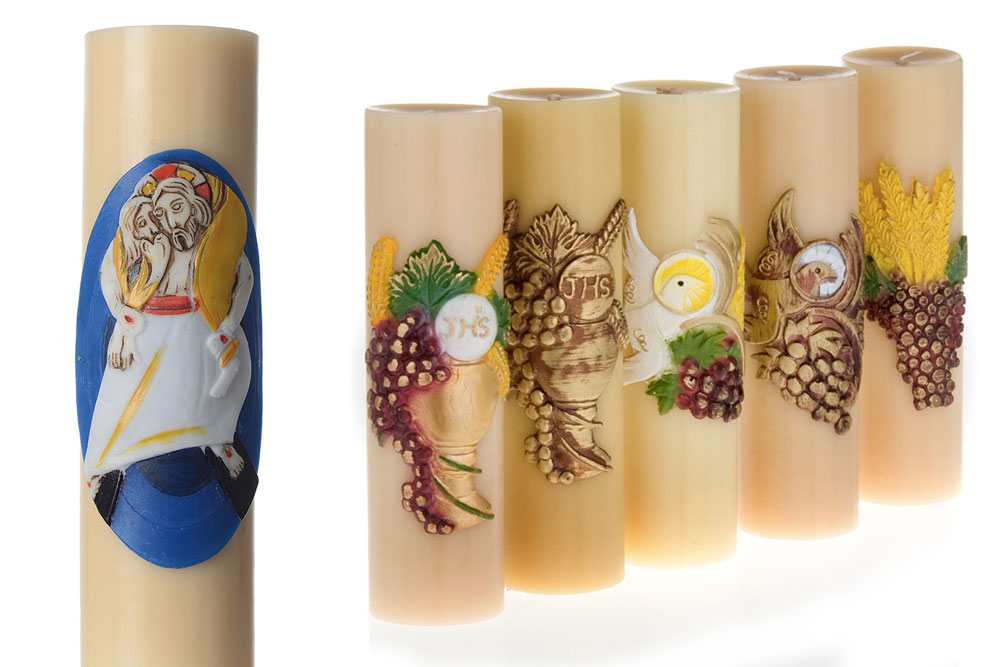
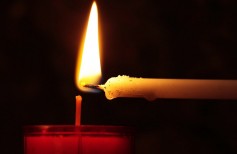

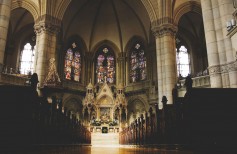
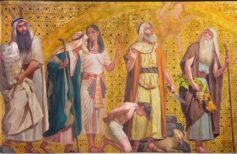
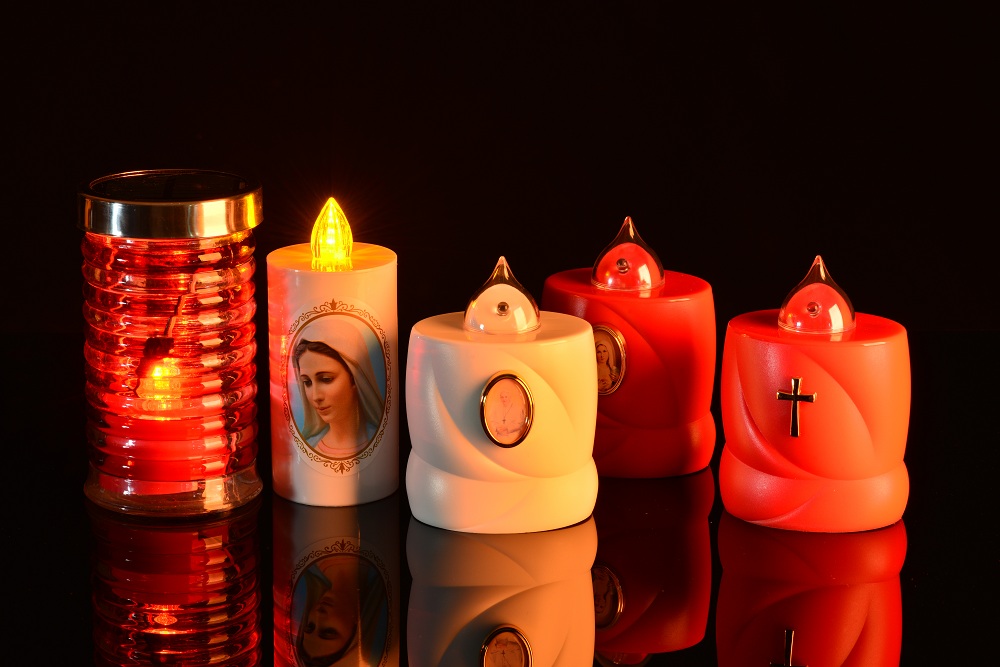







 5 June 2024
5 June 2024
